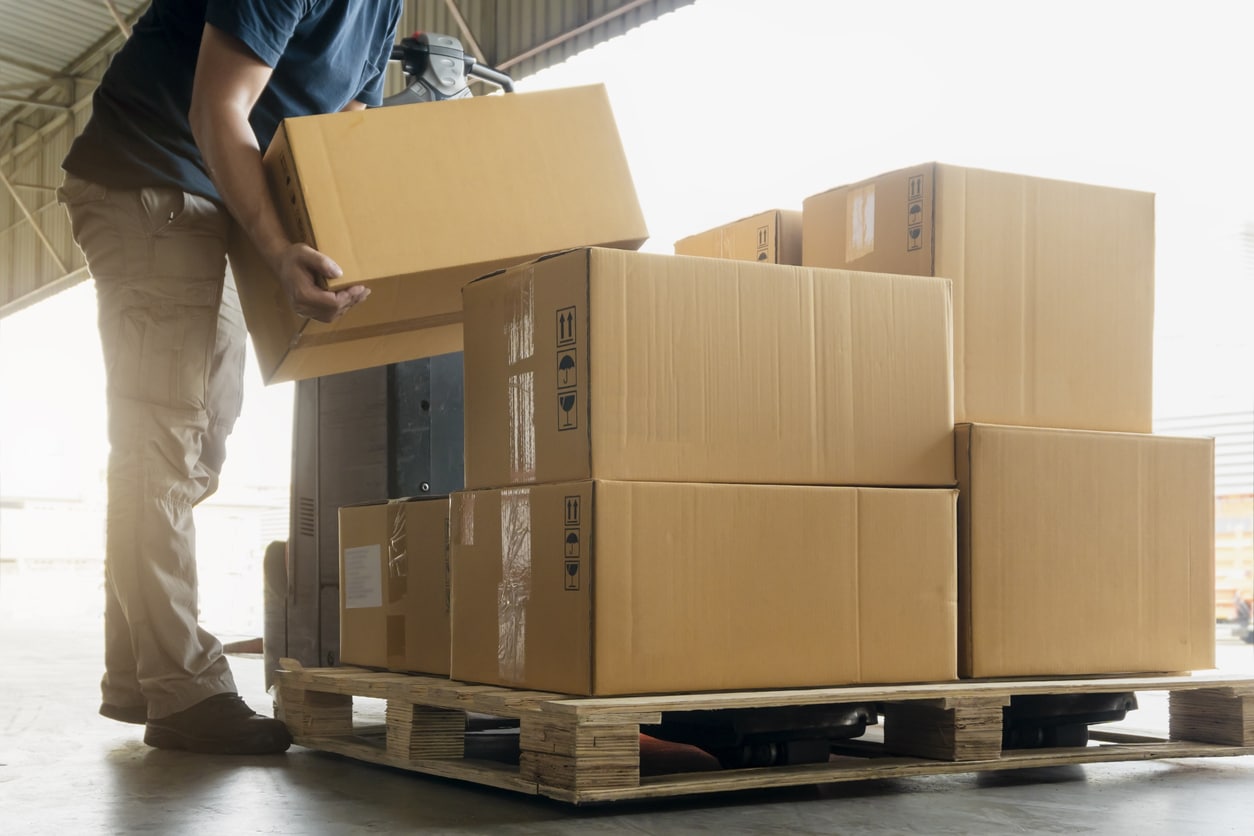Manual handling injury statistics indicated that during 2018 and 2019, approximately 650,208 workplace injuries were reported over the course of the year. Of this, 20% were attributed to activities where handling, lifting or carrying was involved, and 19% were due to slips, trips and falls.
Manual handling injuries, first and foremost, have a clear impact on employees’ health and well-being. Furthermore, it affects an organisation’s productivity and profitability due to lost work hours and other factors.
With such apparent disadvantages, organisations and employees need to be aware of the common causes of manual handling injuries and ways to prevent them. So, let’s dive right in, shall we?
What Is Manual Handling?
According to the HSE, manual handling can be described as “transporting or supporting a load by hand or bodily force. It includes lifting, putting down, pushing, pulling, carrying or moving loads.” A load could be a person, object or animal.
The law specifies how employers should handle the risks associated with manual handling, which includes:
- Avoiding dangerous manual handling where possible
- Where hazardous manual handling is unavoidable, assess the risks associated with those operations
- Reduce the risks associated with unsafe manual handling as much as possible
What Are The Most Common Manual Handling Injuries & Their Causes?
Manual handling activities can result in a range of injuries; however, many can be prevented through simple actions.
Back Injuries
When lifting at work, your back is one of the most important areas of the body to protect as it’s one of the weakest areas of the body. This is why it’s important to practice your lifting technique and keep good posture. Stooping or twisting when picking up or holding a load are other actions that commonly lead to back injuries.
Hand injuries
Manual handling will often require you to grip an object or load. Depending on the item you’re picking up, this action could result in severe injuries.
For example, if the object is hot, you may burn yourself when picking it up. Alternatively, heavy objects could crush the bones of your hands if you do not place the load down in the correct manner. However, there’s also the possibility of cutting your hands if you’re not careful when picking up a load that has sharp edges.
Slip, trip and fall injuries
In the working environment, spillages, uneven walking surfaces and raised areas are normal. When you’re carrying a heavy load in such an environment, your visibility is often restricted, which may prevent you from spotting any obstacles until it’s too late.
Musculoskeletal disorders
Musculoskeletal disorders refer to any injuries, damages or disorders occurring in the joints or other bodily tissues in an individual’s upper limbs, lower limbs and/or back. These injuries generally occur after repetitive manual handling tasks, leading to damage, pain or stiffness in the body over time.
Sprains and strains
Sprains and strains are often caused by overstretching the muscles – especially in the back, arms or wrists. This results in inflammation, bruising and general pain.
Foot injuries
This may seem like an odd injury considering the fact that manual handling involves lifting and moving objects. However, foot injuries commonly occur when people drop heavy loads, especially when employees aren’t wearing protective footwear.
Hernias
Hernias occur when an internal organ or piece of fatty tissue breaks through a surrounding weak area of the muscle or tissue wall – the risks of occurrence increase as you age. This can easily be caused by overstraining the body when lifting heavy loads. Most of the time, Hernias can only be fixed through operations.
Preventing Manual Handling Injuries
You can implement numerous controls and actions to prevent the risk of a manual handling injury occurring.
First and foremost, it’s essential to conduct manual handling risk assessments in order to determine where potential hazards may be present as well as the weight load your staff can handle.
Implementing ergonomic tools for employees where possible will also alleviate the manual labour associated with manual handling. Additionally, providing training for your employees can help educate them on how they can prevent injuries, too, such as with their posture and safe handling techniques.
Employers can also introduce other administrative controls such as job rotation and counteractive stretch breaks. These will ensure employees do not strain their bodies, thereby reducing the risk of injuries from manual handling.










